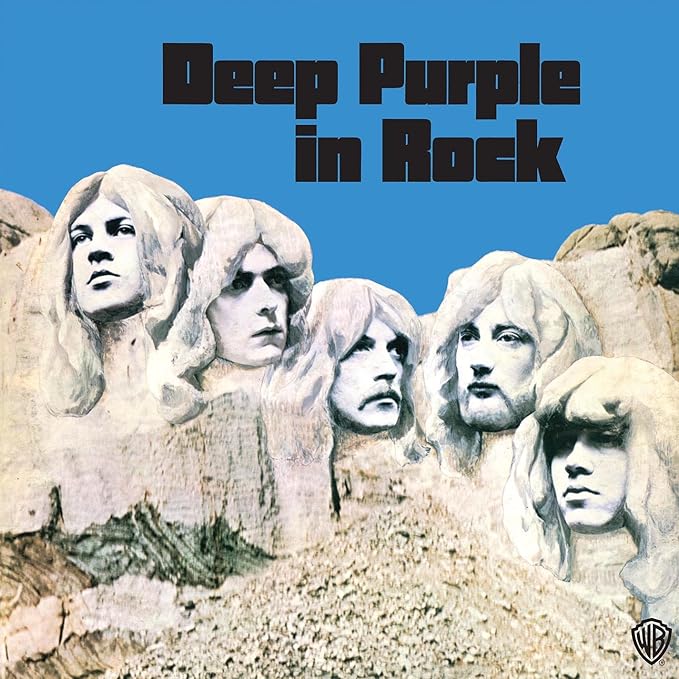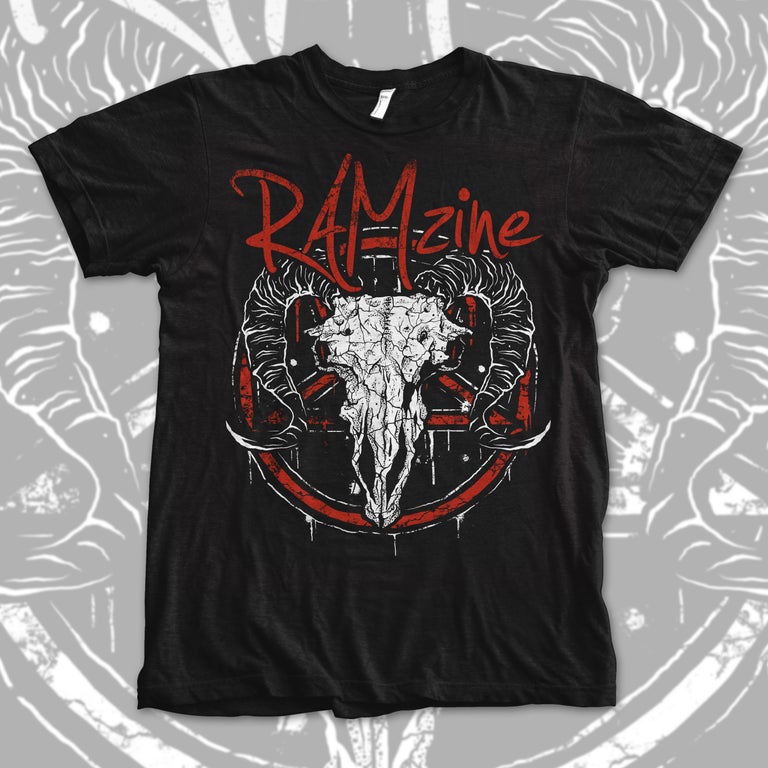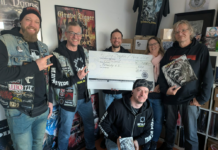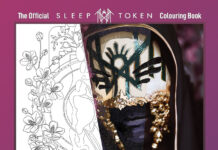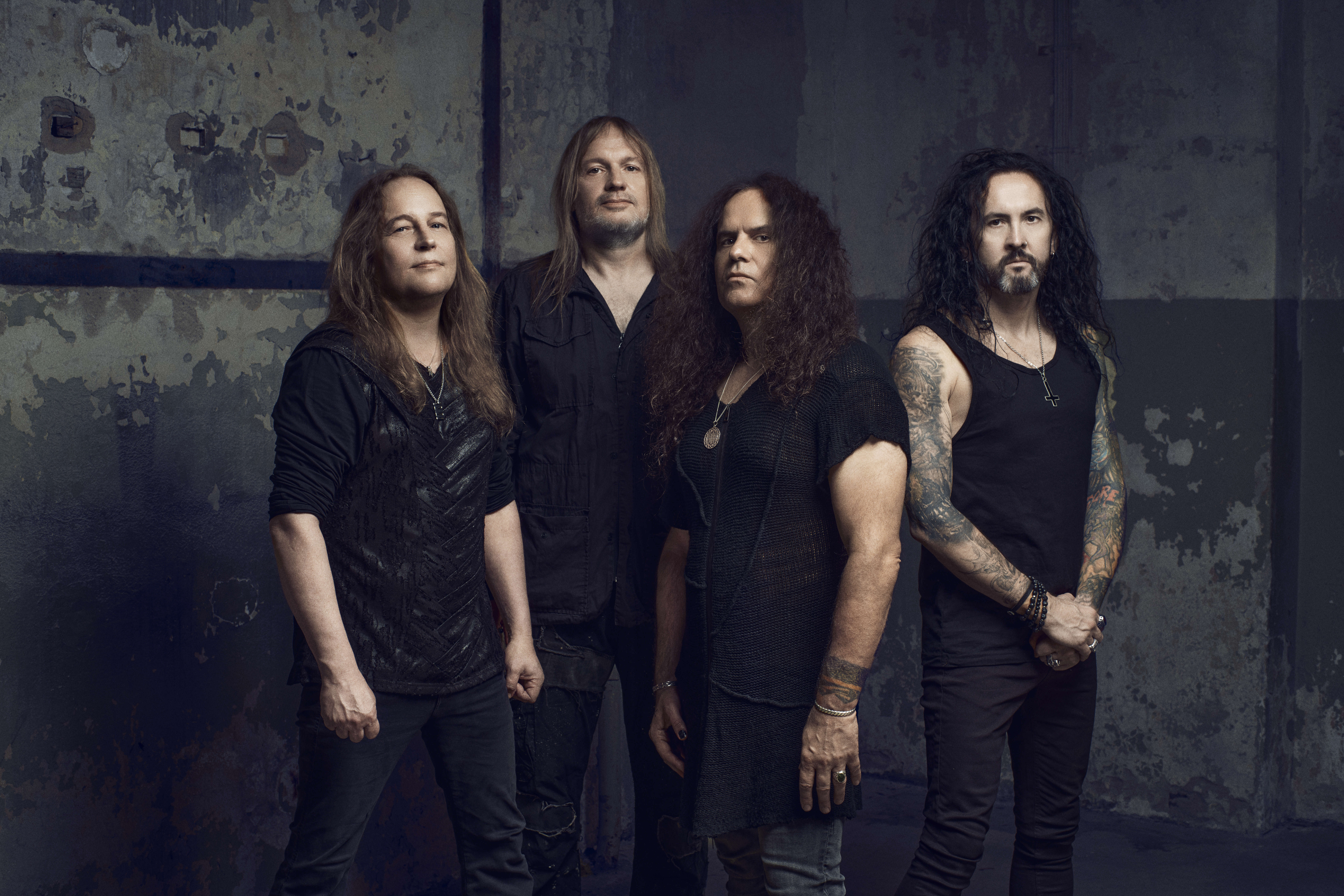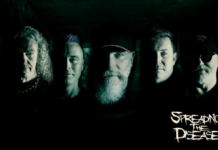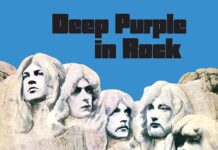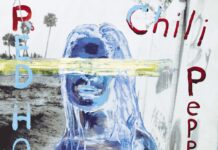If Black Sabbath were the parents of rock and roll, then Deep Purple certainly have a claim to be the godparents. The quintet really changed the sound of rock and roll, staying true to the bluesy roots of early metal. The MKII lineup of Ian Gillan on vocals, Ritchie Blackmore on guitar, Ian Paice on drums, Roger Glover on bass and Jon Lord on keyboards/organ captured a new essence of what rock and roll meant. This is epitomised on the lineup’s first album, In Rock.
The album opens with a progressive sounding intro that delves into big chords from Jon Lord’s Hammond organ. Then ‘Speed King’, one of the band’s best known tracks, comes out of nowhere. This song would have sounded so aggressive and heavy when the album came out in June 1970. Gillan’s vocals are powerful and heavy, yet always carry a hint of soul, while Paice’s drums power the song along at a frantic pace. The track is solid, yet as is so often the case with Deep Purple, it has the feel of being an off the cuff jam. This spontaneity is one of their hallmarks, and it kicks the album off in furious fashion.
‘Bloodsucker’ hangs off Ritchie Blackmore’s fantastic guitar riff. The man is simply one of the greatest guitarists of all time, and the things he could do with the instrument were unheard of in the early 70s. Gillan’s vocal range is really on show here. His high falsetto was unmatched in the rock world when this album first came out. It’s clear he was a major inspiration for Iron Maiden‘s Bruce Dickinson, who has cited this album as one of the most important in his musical development. The song is fairly straight up, yet Paice’s drums change the feel of the riff and keep things fresh.
‘Child in Time’ is a real masterpiece. Opening with a simple keyboard solo, the song’s vibe is very progressive. The vocals are soothing, allowing a brilliant sense of melody to come through the speakers. The track comes across like a classic by Yes or Rush, but with heavier influences. The song delves into a blues jam during the guitar solo, with a shuffle drum beat carrying the rest of the band as they swing beneath Blackmore’s virtuoso playing. The band were on fire in 1970, and to write something as complex as this while keeping it accessible is no mean feat. It’s easy to see why so many bands have been influenced by Deep Purple, from Iron Maiden to Red Hot Chili Peppers. This is the album’s true highlight, showing Deep Purple as more than just your standard rock band.
‘Flight of the Rat’ is a real classic rocker. The tempo is fairly quick, yet it swings as well. Deep Purple’s variety is simply unparalleled. They even manage to get different feels out of the same song parts. Blackmore’s guitar work varies so much, creating different moods throughout. He’s such an emotional player that even the simplest pattern can have the listener hooked. This is a genuinely underrated song on the album, keeping the classic Deep Purple jam tradition alive with a massive instrumental mid section.
‘Into the Fire’ is heavier, possessed of a phenomenal guitar riff. The simple vocal melody is so bluesy, harkening back to John Lee Hooker if he’d been raised on a diet of Iron Maiden. Gillan’s vocals are on top form, his stunning range on show once again. Getting Gillan into the band was one of the best things Blackmore ever did. He was one of the first singers with that classic multi octave vocal range that had such an impact on the music.
‘Living Wreck’ is based around a really funky drum groove. This song just oozes class, and the guitar breakdown in the middle with the offbeat drums underneath really shows Deep Purple’s commitment to doing something different. Paice’s drum fills are simply stunning here, inspiring a generation of drummers to pick up the sticks and follow in his stomping footsteps. Lord’s organ solos, on this song in particular, changed how the keyboard was viewed in a rock band. It became more of a leading instrument, and some of the sounds he managed to coax out of it were simply not normal. Yet they were fantastic, adding an extra dimension to this multi faceted band.
Closing the album is ‘Hard Lovin’ Man’, a song based around a solid guitar pattern from Blackmore. However, it’s Jon Lord and his Hammond organ that steal the show. Once again, Lord changed the way people view the keyboard. The organ solo sounds like a caged beast being unleashed, and in this case the keyboard escapes with furious effect. In interviews, Lord said he let himself completely loose on this album to see what he could do. Well, he completely revolutionised the instrument. A fantastic closer to a brilliant record.
In closing, this album paved the way for a multitude of hard rock and metal bands to follow. With their varied yet accessible sound, Deep Purple cemented their place in heavy metal legend. With fans such as Iron Maiden, Red Hot Chili Peppers and Dream Theater, it’s no wonder they’re still as relevant today as they have ever been.
FOR FANS OF: Rainbow, Black Sabbath, Whitesnake

